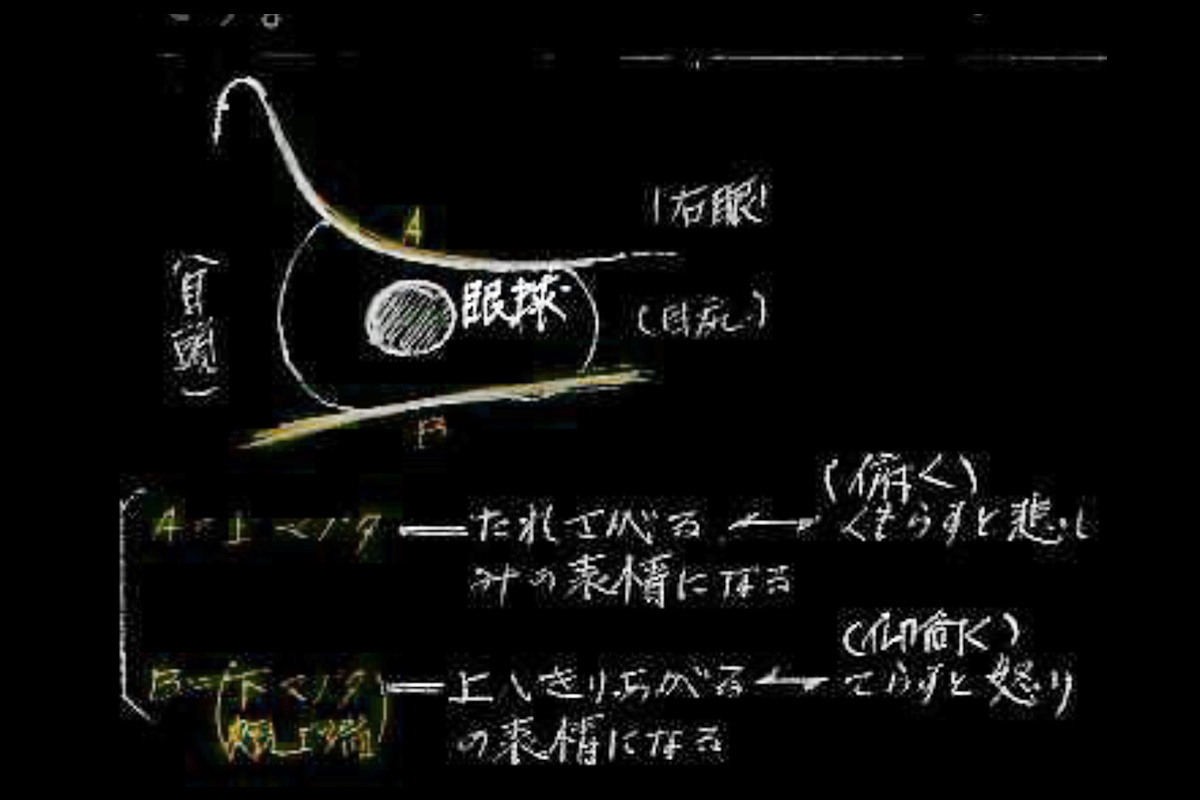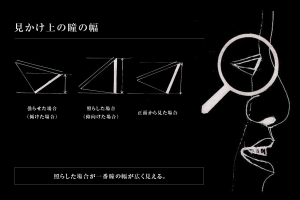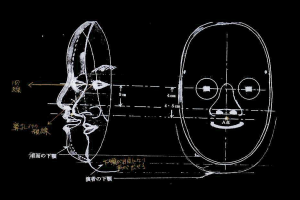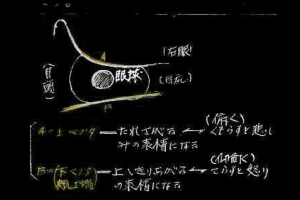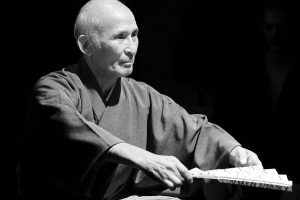World of Noh and Noh Masks.
The Subtleties of Function in Noh: 3
The beauty of the Hannya mask’s form.
In some Noh plays the theme of female anger and resentment is used. Young female masks are usually used as the main characters (mae-shite) in the first half of a Noh play. For example, there are Kohime, Manbi, Ko-omote, Wakana-onna, Zo-onna, etc. In the latter half of the play, however, nochi-shite appear wearing the more uncommon Noh masks. There are several types of masks, such as Hashihime, Namanari, Hannya, Ja, Shinja, and Deigan but the most representative of them all is the Hannya.
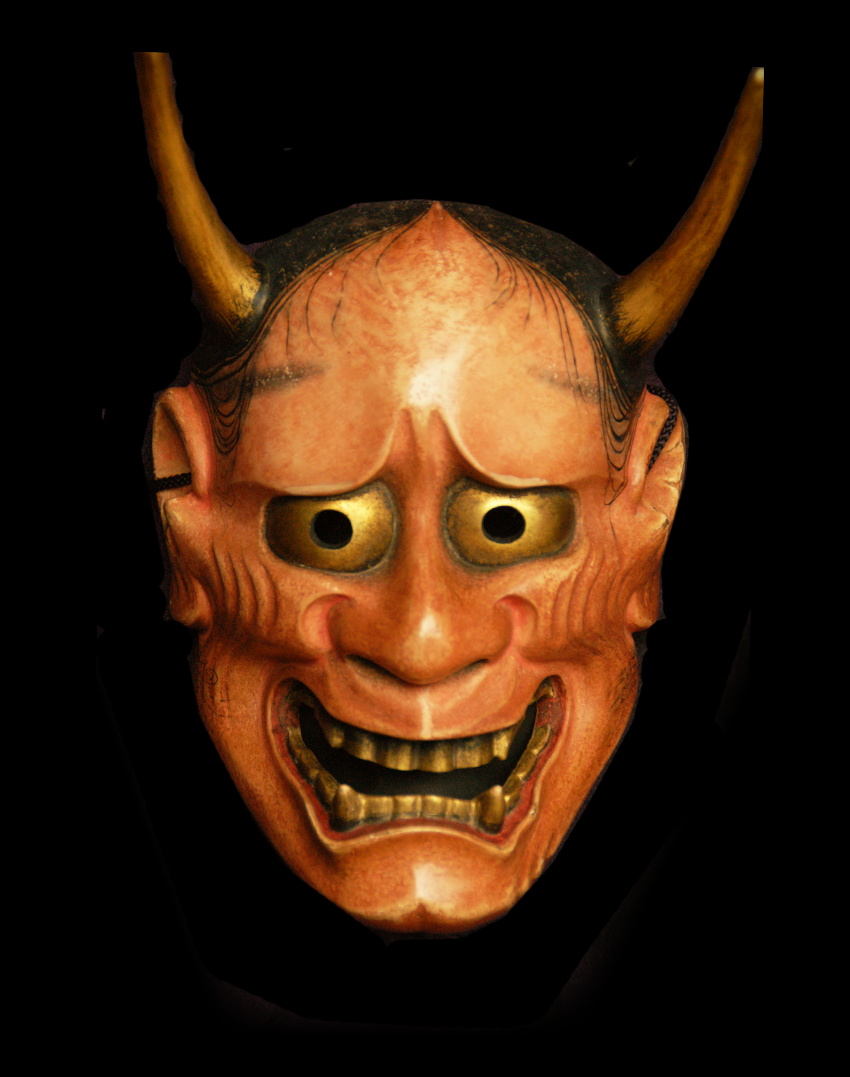
One of the foremost masterpieces produced by Noh theatre. It is a symbol of rage with two horns that erupt from its forehead and glaring wide eyes that are fitted completely with golden crowns including the white parts of the eye. Its teeth are covered with gold crowns and gold mud including tusks that jut out from above and below and a mouth that splits the face from ear to ear. It has a terrifying appearance.
However, upon closer inspection, you see not only the expression of anger but also the expression of sadness and resentment which shouldn’t be possible. Both expressions should have opposite muscle movements but are carved together onto a single face. Because of this, depending on the angle of view, the expression of anger is emphasized, while the expression of grudge and sadness appears from another angle.
